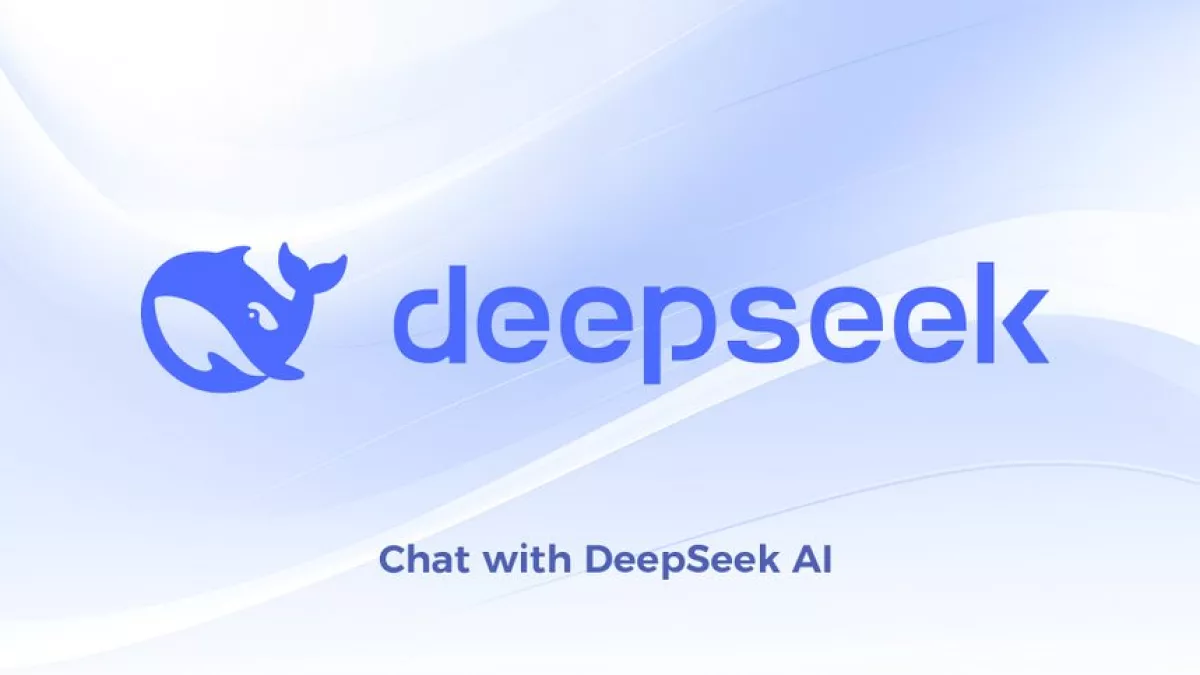Explore how China’s DeepSeek disrupted the global AI landscape with its groundbreaking R1 model, sparking optimism in China’s economy and reshaping global tech competition.
Introduction
For years, the narrative surrounding global AI innovation has been dominated by the idea that the U.S. leads with groundbreaking advancements, while China follows by iterating on these innovations. However, this narrative is rapidly changing, thanks to the emergence of DeepSeek, a Chinese startup that has redefined expectations in the AI industry.
DeepSeek’s Revolutionary R1 Model
DeepSeek, based in Hangzhou, is not a traditional tech company but an offshoot of a hedge fund called High-Flyer. In January 2025, it launched R1, a reasoning large language model (LLM) that matched the performance of OpenAI’s o1 model while costing only $6 million to train—a fraction of its U.S. competitors’ budgets. This breakthrough disrupted the tech industry, wiping out over $1 trillion in Big Tech valuations and sparking discussions about open-source models among U.S. leaders like OpenAI CEO Sam Altman.

Hangzhou-based DeepSeek—not even a tech company, strictly speaking, but an offshoot of a hedge fund called High-Flyer—released R1, a “reasoning” large language model (LLM) that matched the performance of OpenAI’s o1, which had been released just a few months earlier. Not only had R1 seemingly come out of nowhere, it was both remarkably innovative and astoundingly cheap. The final “training run” for its predecessor, V3, had cost a mere $6 million, according to DeepSeek—“a joke of a budget,” in the words of former Tesla AI scientist Andrej Karpathy, compared with the tens or hundreds of millions spent on some of its U.S. rivals.
The impact of the news was enormous: As R1 rocketed to the top of most-popular download lists, Big Tech investors panicked, wiping out over $1 trillion in value from tech stocks like Nvidia and Microsoft. Leaders like OpenAI CEO Sam Altman agonized in public and mused about converting to open-source—as DeepSeek had done, making its model publicly available and modifiable, and therefore cheaper to use.
“A lot of us, including myself, got this wrong, in terms of China’s ability to develop these cutting-edge breakthroughs,” says Jeffrey Ding, assistant professor of political science at George Washington University and author of the ChinAI newsletter.
China’s Renewed Optimism
DeepSeek’s success has injected optimism into China’s economy, with major companies like BYD and Midea integrating R1 into their products. Founder Liang Wenfeng was even invited to a high-profile meeting with President Xi Jinping, signaling government support for DeepSeek’s achievements.
The Rise of China’s AI Sector
China’s AI industry is flourishing beyond DeepSeek. Established giants like Alibaba and ByteDance are releasing models that outperform Western counterparts on reasoning benchmarks. Additionally, Hangzhou has become a hub for AI innovation due to its strong talent pool and proximity to Shanghai’s international capital.
Challenges Faced by Chinese Startups
Despite its progress, China’s AI sector faces hurdles such as limited venture capital access and underdeveloped capital markets. The government has responded by introducing a national venture capital guidance fund to support “hard technology” startups.
Global Implications
China’s focus on affordable and open-source AI solutions positions it as a leader in emerging markets where cost efficiency is crucial. This strategy mirrors its success in industries like solar panels and electric vehicles.

Conclusion
DeepSeek’s accomplishments highlight China’s growing ability to innovate in AI rather than merely imitate. As global tech competition intensifies, China’s emphasis on affordability and efficiency may redefine how AI technologies are adopted worldwide.

